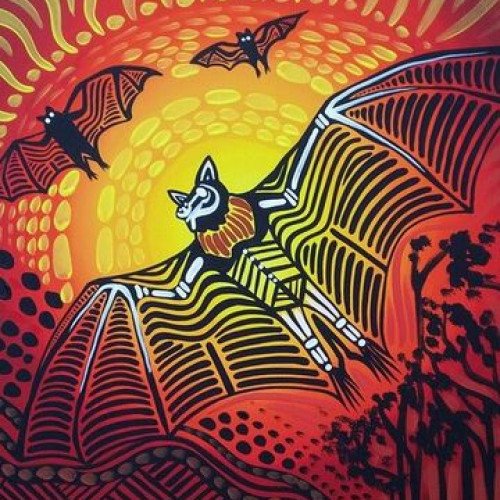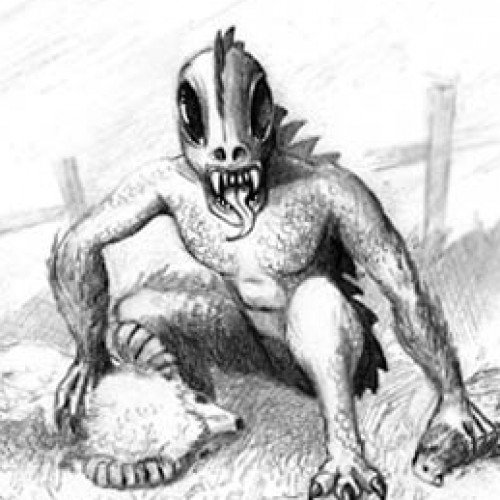Vote on Mythical creatures: Balayang vs Chupacabra

Balayang
In the mythology of the Aboriginal people of south-eastern Australia (specifically, the Kulin nation), Balayang the bat was a brother of Bunjil the eaglehawk, but lived apart from him. Once, Bunjil asked him to come and live with him, but Balayang replied that Bunjil's country was too dry and that Bunjil ought to come and live with him instead. This upset Bunjil, who sent his two helpers, Djurt-djurt the nankeen kestrel and Thara the quail hawk, after Balayang. They set fire to the bat's country and Balayang and his family were scorched and turned permanently black.Because of his black colouring, Balayang was associated with Crow, and thus belonged to the moiety in opposition to Eaglehawk. Another story credits him with creating or finding Crow women (and thus marriage partners for the Eaglehawk moiety). One day Balayang was amusing himself by thumping the surface of the water, causing it to thicken into mud. Something stirred underneath the mud and, probing with a branch, he found two women. He called one Kunnawarra ("black swan") and the other Kururuk ("native companion"). He took them to Bunjil, who gave them as wives to the men he had created. Balayang was represented in the night sky by the star Antares.
Statistics for this Xoptio

Chupacabra
The chupacabra or chupacabras (Spanish pronunciation: [tʃupaˈkaβɾas], literally 'goat-sucker'; from Spanish: chupar, 'to suck', and cabras, 'goats') is a legendary creature in the folklore of parts of the Americas, with its first purported sightings reported in Puerto Rico in 1995. The name comes from the animal's reported vampirism—the chupacabra is said to attack and drink the blood of livestock, including goats. Physical descriptions of the creature vary. It is purportedly a heavy creature the size of a small bear, with a row of spines reaching from the neck to the base of the tail. Eyewitness sightings have been claimed in Puerto Rico, and have since been reported as far north as Maine, as far south as Chile, and even outside the Americas in countries like Russia and the Philippines. Many of the reports have been disregarded as uncorroborated or lacking evidence. Sightings in northern Mexico and the southern United States have been verified as canids afflicted by mange. According to biologists and wildlife management officials, the chupacabra is an urban legend.